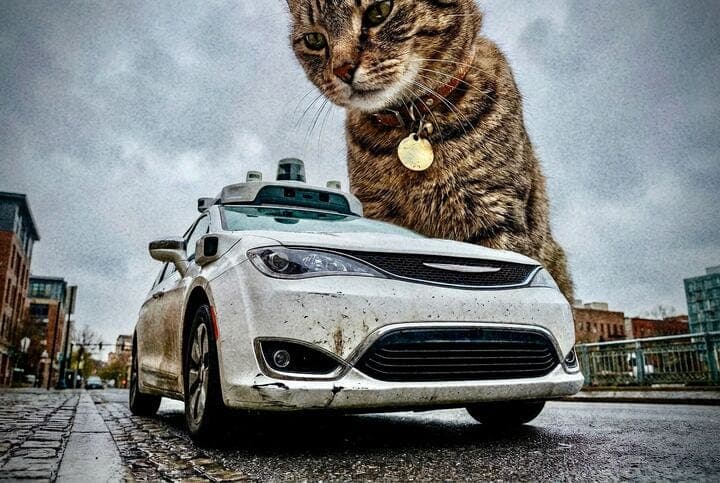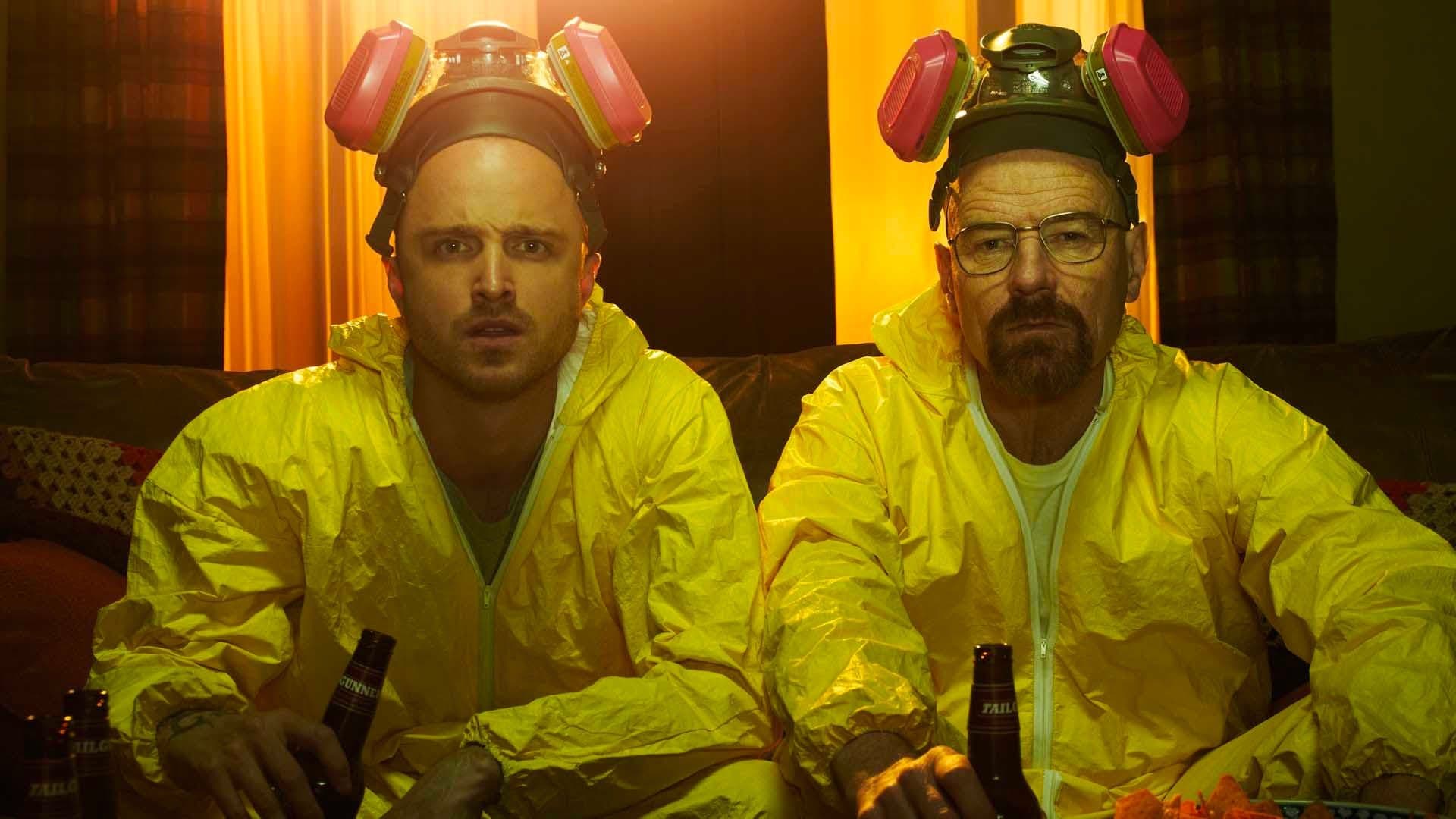
No, We Shouldn’t Ban Waymos Over a CatDec 12
on kitkat, the beloved sf feline who was run over by an autonomous vehicle, and jackie fielder, the pandering sf politician who now wants to ban the vehicles altogether
Mar 8, 2023

The plan was straightforward: buy a ton of counterfeit pills pressed with fentanyl, and get rich selling them. But it was easier hatched than executed. For starters, how do three guys — combined age 63 years — get access to legit-looking, fentanyl-laced, counterfeit pharmaceuticals? Once they find a source, how do they scrape together enough cash to buy in bulk? And once they have the pills, how do they connect with customers?
Hunter O’Mealy, Caleb Carr, and Matthew Gudino-Pena were undaunted by these barriers to entry. They had the advantage of living in a world of social media, where the natural limits of communication have all gone up in smoke. Having come of age in this world, and so knowing intuitively how to navigate it, the young men from eastern Washington had remarkably little trouble finding a source of fentanyl. Using Snapchat, the trio tracked down a Mexican supplier and arranged an in-person purchase.
Coming up with the cash was a bit more difficult. They drove to the Arizona border penniless but willing to work. Wanting to buy 10,000 fentanyl pills, they had to earn some serious dough. Fortunately for them, there’s good money in smuggling immigrants into the United States. They proved to be competent smugglers, bought the pills, and went back north to get rich. It’s unclear when they started calling themselves the “Fetty Bros,” but now would’ve been as good a time as any. They quickly found they could sell the same way they bought — via Snapchat — and then, finally, distributed pills to an associate named Matthew Holmberg, who sold four of them to a 15-year-old kid in Coeur D’Alene, Idaho.